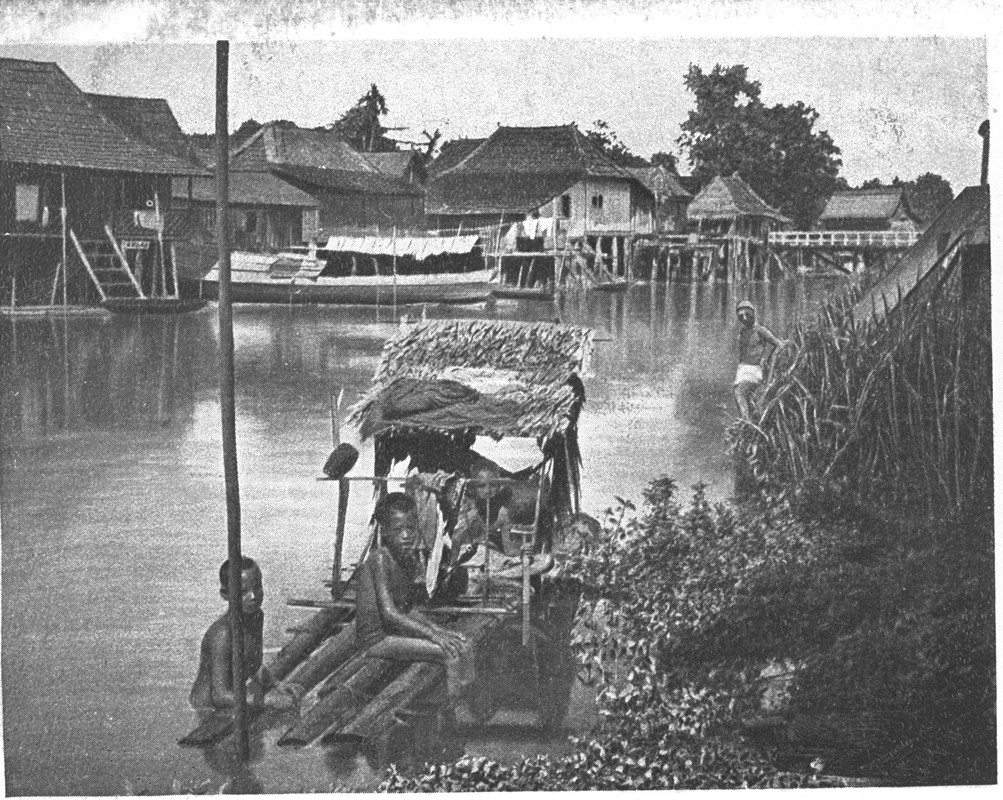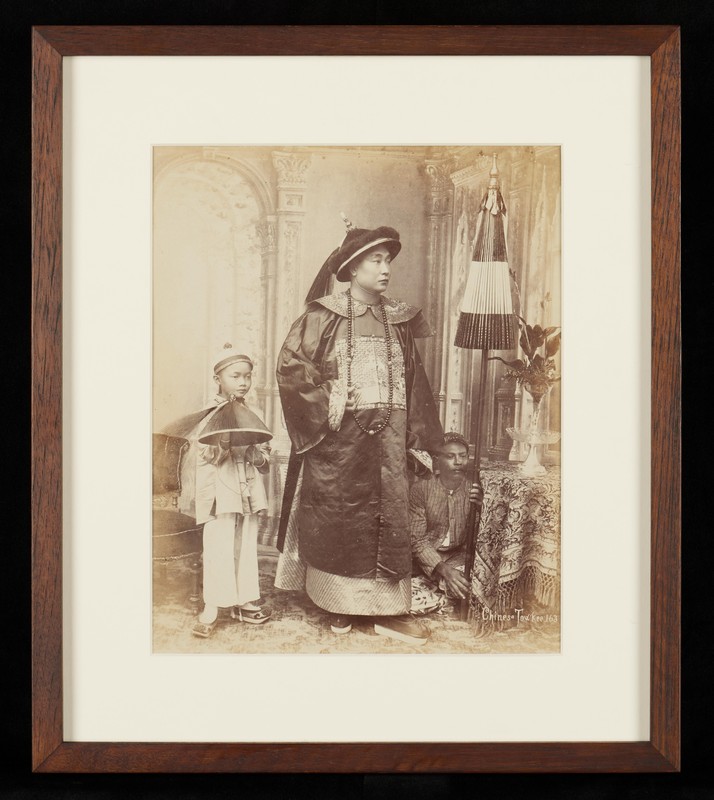The Chinese who arrived in Singapore before Raffles
St John’s Island is located in Singapore’s southeastern waters. It is a popular tourist destination for locals and foreigners, boasting clear waters and ferries shuttling back and forth from its shores. More than 200 years ago, however, this serene and leisurely scene was a desolate island covered in wild vegetation.
On 28 January 1819, at around four o’clock in the afternoon, Sir Stamford Raffles’ (1781–1826) fleet arrived at Sakijang (now St John’s Island). The next day, as he was hesitating over whether to disembark in Singapore, a Chinese man on his ship volunteered to set foot on the island first. He asked that 20 Indian Sepoy soldiers go with him. Led by this Chinese man, the soldiers landed in Singapore and raised the British flag on the island. After seeing the flag, Raffles felt it was safe to disembark.
The Chinese man, Chow Ah Chey (Cao Yazhi), was a Taishan Cantonese carpenter on Raffles’ ship, the Indiana. According to legend, to express his gratitude for Chow’s efforts, Raffles granted him two parcels of land:
- 1 Lavender Street, where the Sing Chow Chiu Kwok Thong Cho Kah Koon (demolished in 1984) was located.
- 135 South Bridge Road, where the Ning Yeung Wui Kuan (demolished in 1964) was situated.


Digging deeper
However, when we carefully examine this widely-circulated legend, we can find many points that are questionable. First, there is uncertainty over the exact location of Chow’s landing. Some sources claim it was at the mouth of the Singapore River (behind present-day Parliament House), while others suggest it was at the mouth of Rochor River. There is still no consensus on this matter. Furthermore, British archival records do not mention Chow’s landing, and Raffles’ Log Book also lacks any related entries.
If we look at the situation back then, it is unlikely that Raffles would have entrusted 20 Indian Sepoy soldiers to a carpenter without military training. On top of that, if Chow really did land in Singapore, it would be more likely that he raised the flag of the British East India Company, rather than the Union Jack (flag of the United Kingdom).
So, did Chow really exist? According to the research of Tan Yeok Seong (1903–1984) in the article “Xinjiapo kaibu yuanxun Cao Yazhu kao” (A study on Cao Yazhu, pioneer of Singapore’s founding), Chow Ah Chey (Cao Yazhi) really existed, but his real name was Cao Yazhu. In the dialect of Taishan, Guangdong, the pronunciations of the characters “志” (zhi), “珠” (zhu), and “枝” (zhi) are exactly the same. Tan Yeok Seong’s verification is based on land deed records, which provide historical evidence.
If we rely solely on historical sources, whether Chow landed in Singapore before Raffles remains debatable. I believe Chow represents the image of early Chinese pioneers. Like Pangu, the creator god in Chinese mythology, the contributions of Singapore’s Chinese population require a legendary origin story. If it was not Chow Ah Chey, it could very well have been someone else, perhaps a “Wu Yazhi” or “Huang Yazhi”.
This is an edited and translated version of 比莱佛士更早登陆新加坡的华人. Click here to read original piece.
Tan, Yeok Seong. “Xinjiapo kaibu yuanxun Cao Yazhu kao” [A study on Cao Yazhu, pioneer of Singapore’s founding]. In Yeyinguan wen cun diyijuan [Collected Writings From the Ya Yin Studio, Vol. 1], 66–73. Singapore: South Seas Society, 1983. | |
Teo, Han Wue. “Cao Yazhi yu Cao jiaguan” [Chow Ah Chey and Cho Kah Koon]. In Shile guji [Historical Monuments in Selat], edited by Lim How Seng et al., 171–177. Singapore: South Seas Society, 1975. | |
Kua, Bak Lim. “Xinjiapo lishi xuanan zhong de Cao Yazhi” [Chow Ah Chey in Singapore’s historical enigma]. Lianhe Zaobao, 18 May 2013. |










